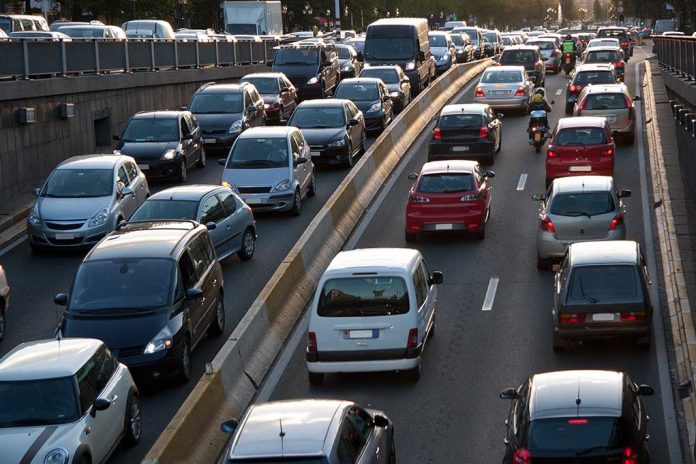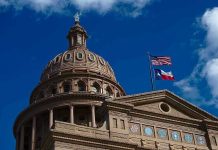
San Francisco deploys 33 speed cameras across the city with tiered fines based on income, raising concerns about government overreach and privacy.
Key Takeaways
- San Francisco has installed California’s first fixed-speed cameras at 33 locations, primarily in school zones and high-injury corridors.
- Fines range from $50 for minor speeding to $500 for driving 100 mph or more, with discounts of up to 80% for low-income residents.
- The program is endorsed by Governor Gavin Newsom and could issue up to 42,000 citations daily.
- Critics question the equity-based pricing structure and potential for government surveillance.
- A similar program is planned for Los Angeles in 2026, suggesting expansion across California.
First-in-State Speed Camera Program Launches
San Francisco has become the first city in California to implement fixed-speed cameras as part of a comprehensive road safety initiative. The program, which has officially launched and includes 33 cameras strategically positioned in school zones and corridors with historically high rates of traffic accidents. This ambitious project follows the passage of AB 645, state legislation that authorized the use of automated speed enforcement in select California cities. During the initial two-month grace period, drivers exceeding speed limits will receive warnings rather than monetary penalties.
🚨 INSANE: California is officially launching its Speed Safety System Pilot Program, which will issue speeding tickets based on your income bracket.
pic.twitter.com/8dXXn3jxkA— Proud Elephant 🇺🇸🦅 (@ProudElephantUS) April 1, 2025
Warning signs are being installed at intersections equipped with the new technology to alert drivers of the monitoring systems. The San Francisco Municipal Transportation Agency (SFMTA) has published an interactive map on their website showing all camera locations, creating transparency about where monitoring occurs. While officials emphasize safety benefits, many residents question whether this represents another layer of government surveillance in a city already struggling with other priorities.
Controversial “Equity-Based” Fine Structure
Perhaps most controversial is the program’s income-based fine structure, which provides substantial discounts for lower-income residents. Standard fines start at $50 for driving 11-15 mph over the posted limit and escalate to $100 for 16-25 mph over, $200 for 26+ mph over, and $500 for speeds exceeding 100 mph. However, low-income drivers can receive discounts of up to 50% on these penalties, with some qualifying for up to 80% reductions based on participation in programs like SNAP, CalWORKS, Medi-Cal, or other public assistance.
The tiered pricing system raises questions about equal application of law, with critics arguing that traffic safety regulations should apply uniformly to all citizens regardless of income level. The scaled penalties effectively create different consequences for the same violation based solely on economic status. The SFMTA defends this approach as promoting fairness while still discouraging dangerous driving behaviors across all demographic groups.
Potential Impact and Expansion
Advocates point to significant safety improvements in other cities with similar programs. Walk SF, a local pedestrian advocacy organization, strongly supports the initiative, citing research indicating automatic speed enforcement can substantially reduce crashes and fatalities. The organization expects San Francisco will experience similar benefits to jurisdictions like New York City, where automated enforcement has reportedly changed driver behavior.
With Los Angeles already planning to implement a similar program in 2026, this approach to traffic enforcement appears poised to expand across California. The San Francisco system alone could potentially issue up to 42,000 citations daily once fully operational. While penalties are classified as civil infractions that won’t result in points on driver’s licenses, the potential revenue generation has raised eyebrows. Critics question whether the primary motivation is truly safety or creating another revenue stream for city coffers at a time when many Californians are already struggling with the state’s high cost of living.
Sources:
SF Launches California’s First Fixed Speed Cameras, Fines Scaled By Income
SF Launches “Equity” Speed Cameras, Punishing Drivers By Income







